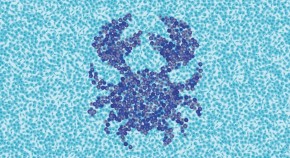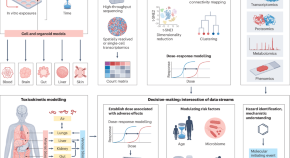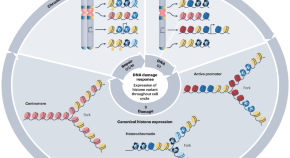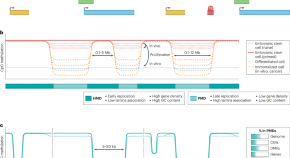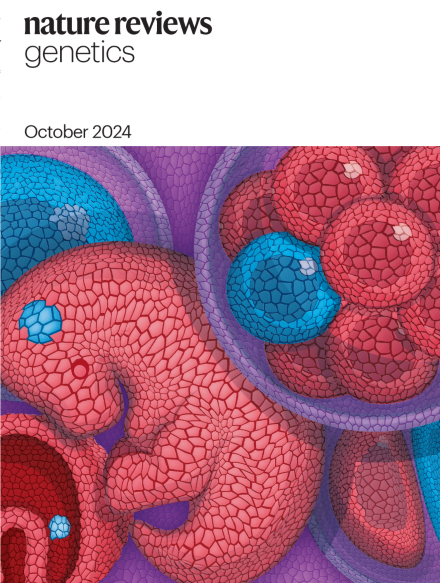
Advertisement
-
-

Genome-scale models in human metabologenomics
Metabologenomics integrates multi-omics data into genome-scale metabolic models (GEMs) to analyse complex metabolic networks. Mardinoglu and Palsson review advancements in GEMs at the global, cell- and tissue-specific, microbiome and whole-body levels, with insights into their applications towards improving health care.
-
-

Single-cell omics
Many biological phenomena are either invisible or only partially characterized when interrogated using standard analyses that average data across a bulk population of cells. Now, technological advances are providing unprecedented opportunities to analyse the complexities of biological systems at the single-cell level. High-throughput analyses of the genomes, transcriptomes and proteomes of single cells are yielding novel and important insights into diverse processes such as development, gene-expression dynamics, tissue heterogeneity and disease pathogenesis. In this Focus issue, we highlight the transformative potential of single-cell omics approaches.



